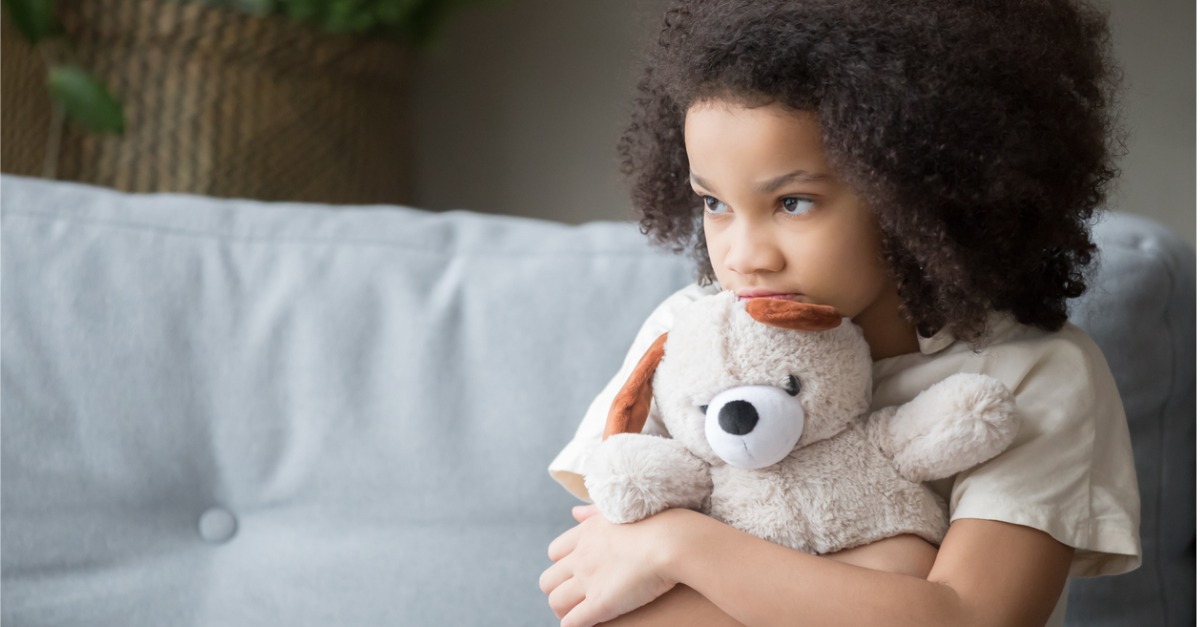As adults, we know what it’s like to be stressed. We can feel muscle tension, perceive difficulties in focusing, or recognize other physical and emotional symptoms beyond our “norm.” For children, who are still growing and learning, however, stress can be far more difficult to identify — not to mention what’s causing it.
Fortunately, there are some outward behavioral signs that can alert you to an overly stressed or anxious child. Here’s what to watch for.
Signs of Stress and Anxiety in Children
Stress is a normal part of life, even in childhood. Toddlers may naturally feel stressed about being away from their parents, while school-aged children may become understandably agitated by sports performance, schoolwork, or interactions with new friends. In most cases, these worries will fade when the source of anxiety is addressed or has passed.
As a caring adult, however, be on the lookout for lingering signs of childhood anxiety, including:
- Difficulty sleeping
- Complaints of physical issues with no obvious cause, such as persistent stomachaches or headaches
- Avoidance of specific situations or places, such as the doctor’s office or school
- Uncontrolled irritation or angry outbursts
- Prolonged difficulty concentrating or becoming fidgety
- Increased clinginess with parents or other caregivers
While it’s not always the case, these changes could be signs of an anxiety disorder: an umbrella term for conditions accompanied by intense fear, stress, and worry. Unlike daily stress, an anxiety disorder interferes with a child’s ability to carry out their normal routine.
Some anxiety disorders show up in specific ways in children. For example, separation anxiety is a condition in which children become extremely upset when they have to part from their usual caregivers. Different from the normal stress that young children may feel when leaving their parents, this condition can involve fears of sleeping alone, or extreme protest against going to school or even being in a different room.
Social anxiety in children comes with unbalanced fears of being around strangers and speaking in front of other people, or being extremely self-conscious with playmates, adult family members, and friends. Children with social anxiety may also exhibit noticeable physical distress such as shaking, sweating, or difficulty breathing.
What to Do if Your Child Seems Stressed
“Whenever the child you love gets stressed, you can help by talking through their feelings,” advises Isabel Soles, PA-C, Clinical Director of YourTown Health. This allows them to feel supported and lets them know their emotional responses are valued and not to be feared. You might also help them name their feelings by reading books about different emotions, and then work with them to develop calming techniques to overcome stress, such as deep breathing or physical exercise.
If signs of stress or anxiety continue at a heightened and destructive level, professional help may be the best way for children and their caregivers to manage together. Treatments such as cognitive behavioral therapy can help children pinpoint the source of their anxiety and develop coping tools to manage stress as they encounter it. Family therapy can also be useful for guiding parents on how to help their child manage anxiety and nurture a strong, ongoing support system.
While we’ve covered some signs of anxiety in children here, this list is by no means exhaustive. Any time your child is experiencing a behavioral or physical change you’d like help with, don’t hesitate to reach out to YourTown Health specialists directly at 770-463-4644. We avidly support the wellness needs of patients of all ages, and offer both mental and traditional health services. Find your nearest office by visiting our locations page.

